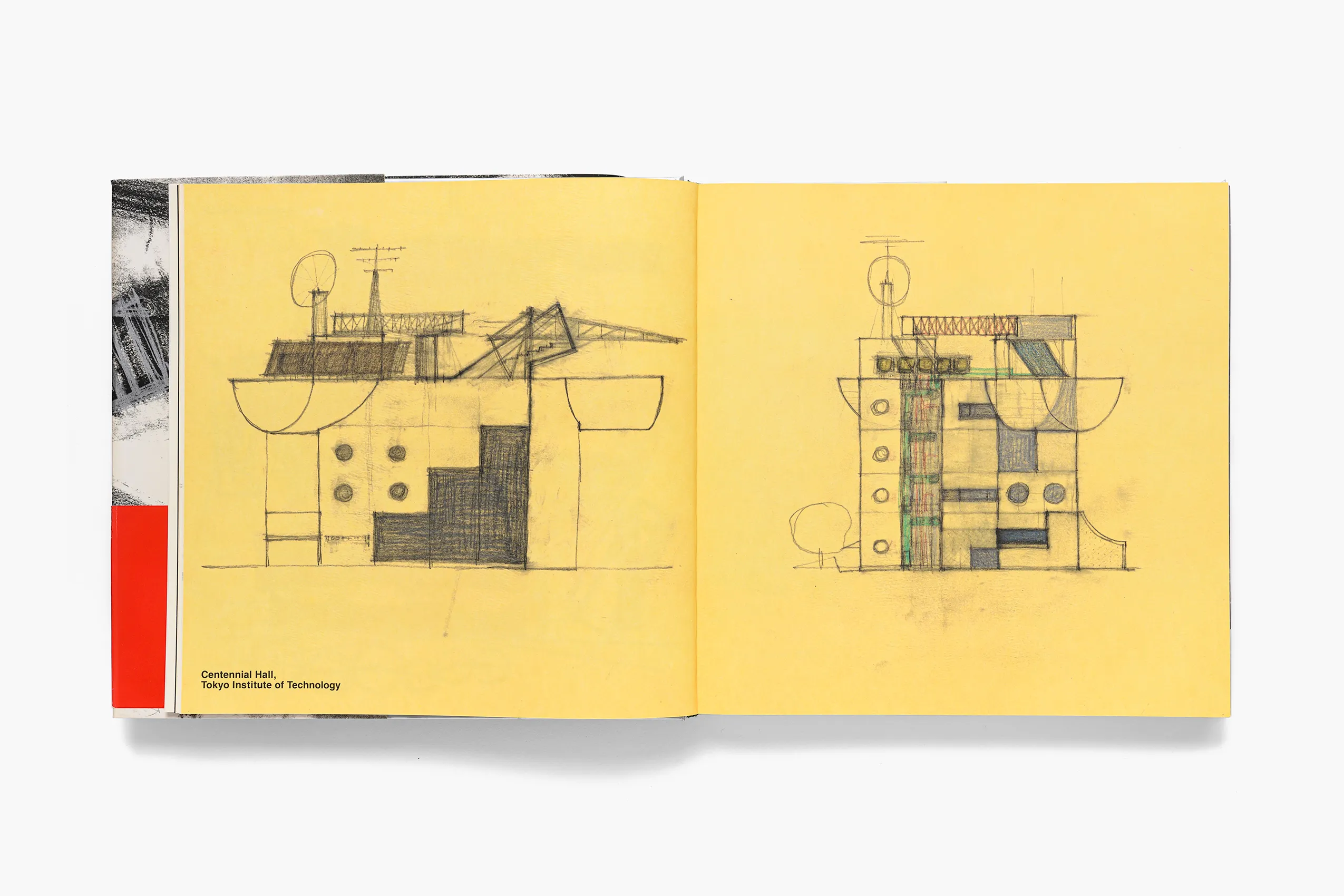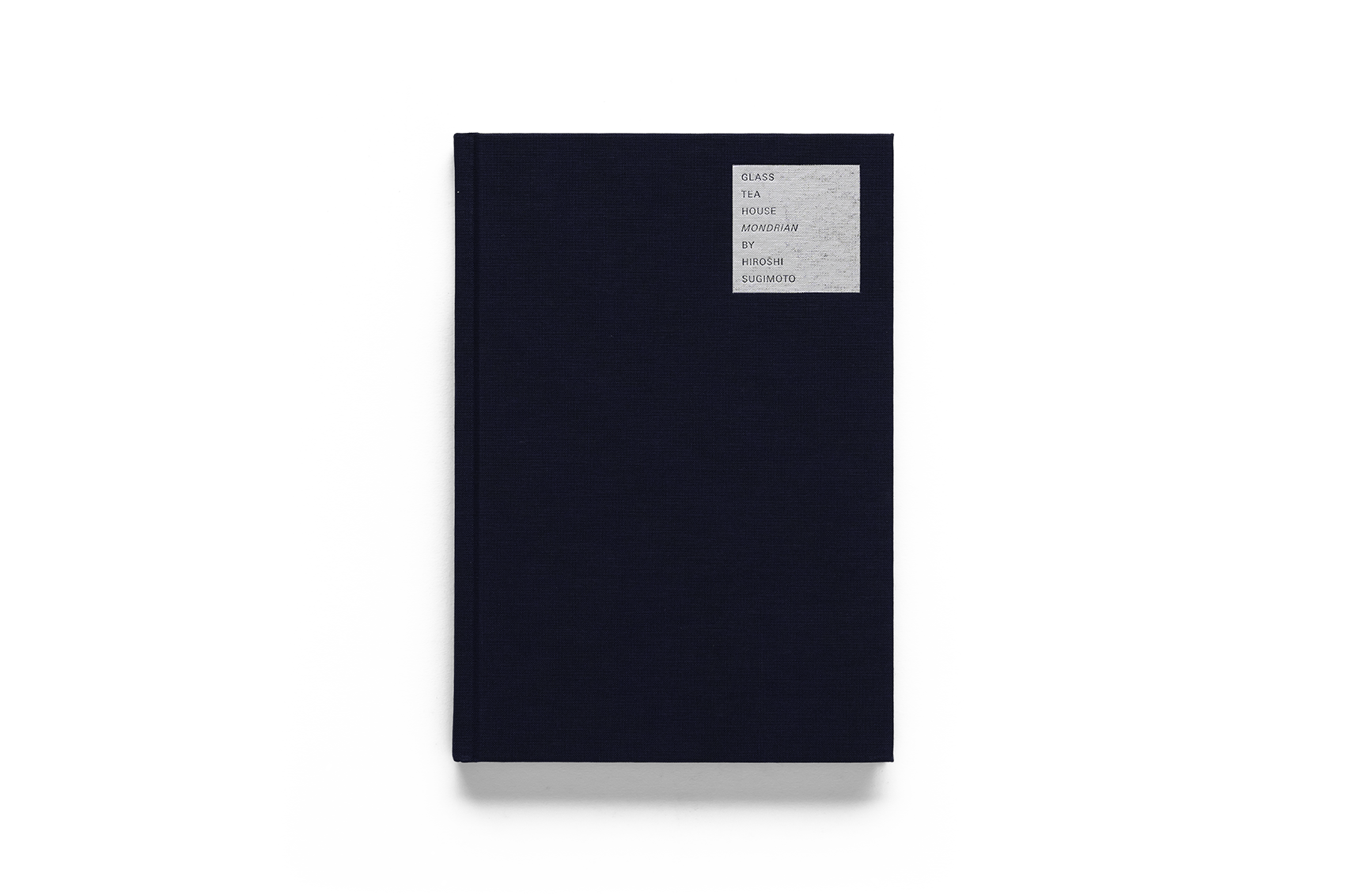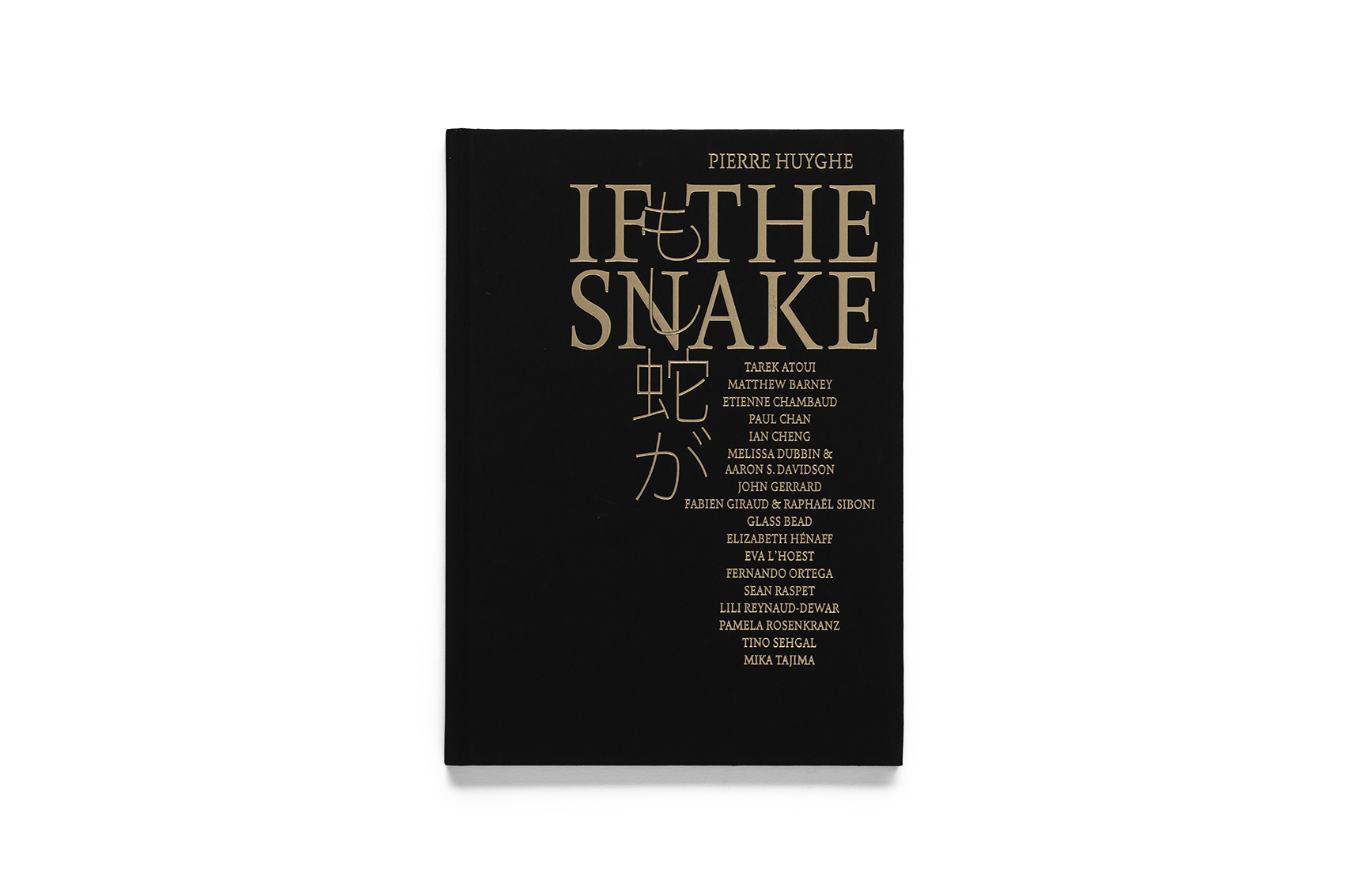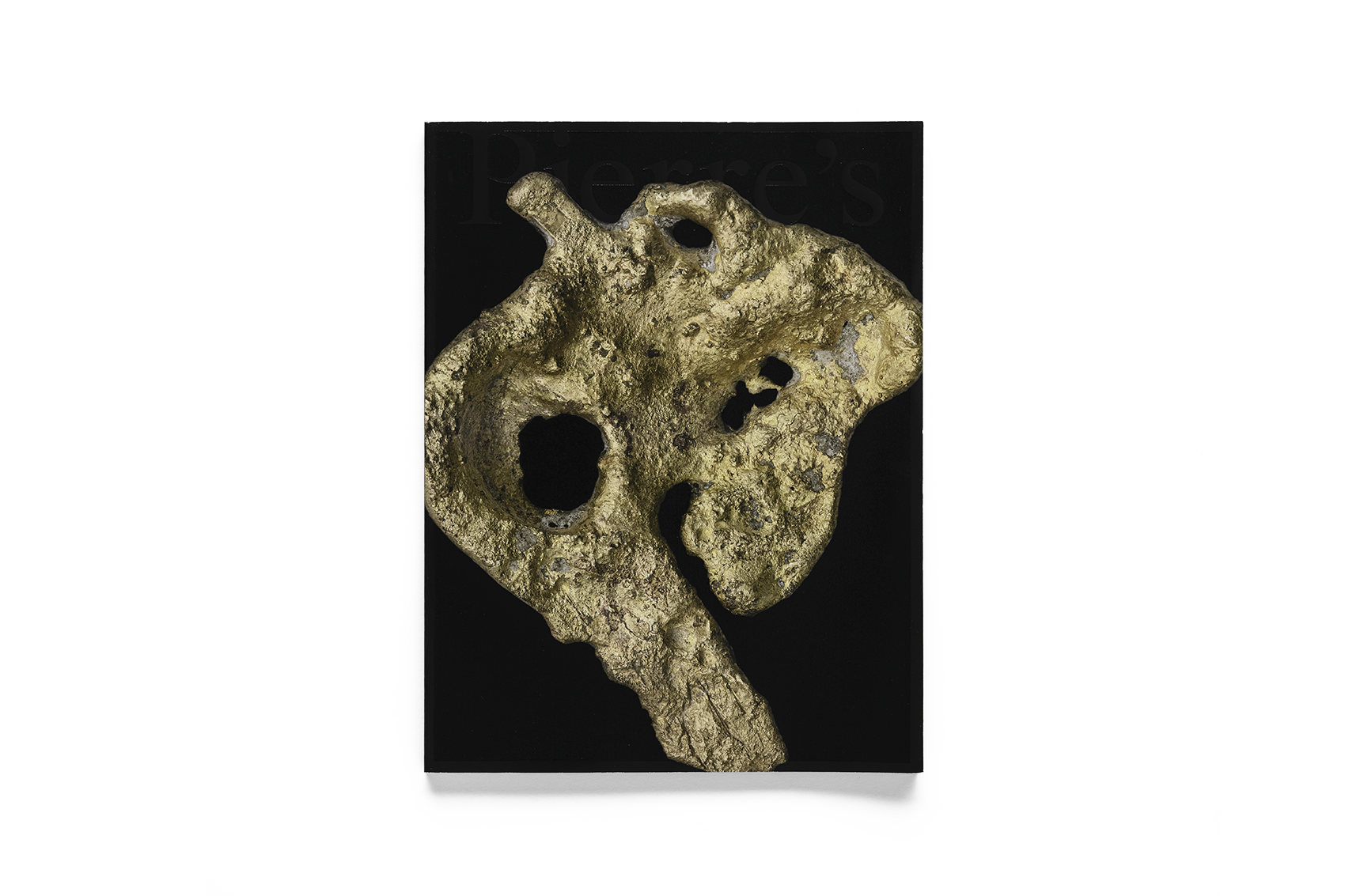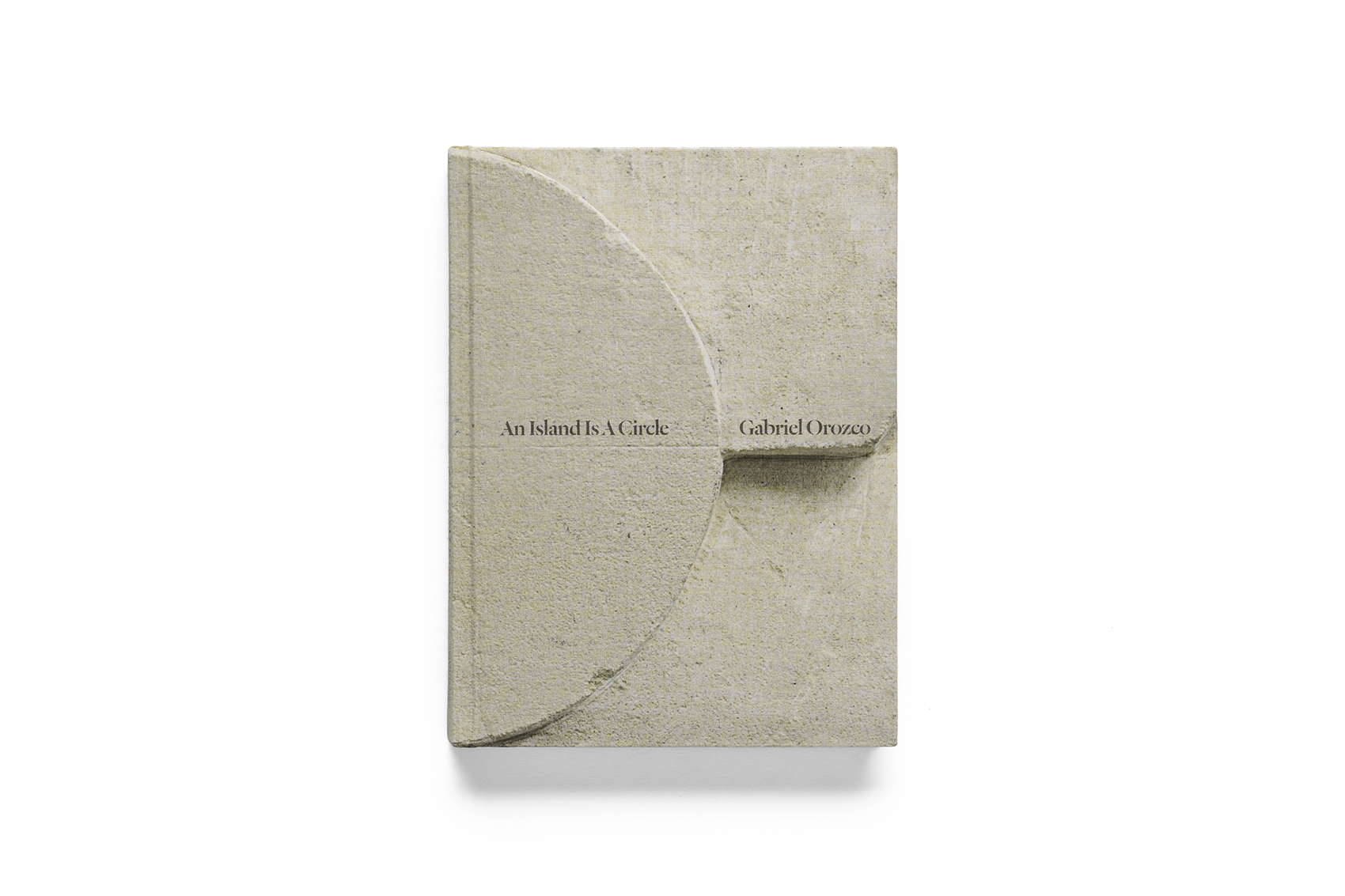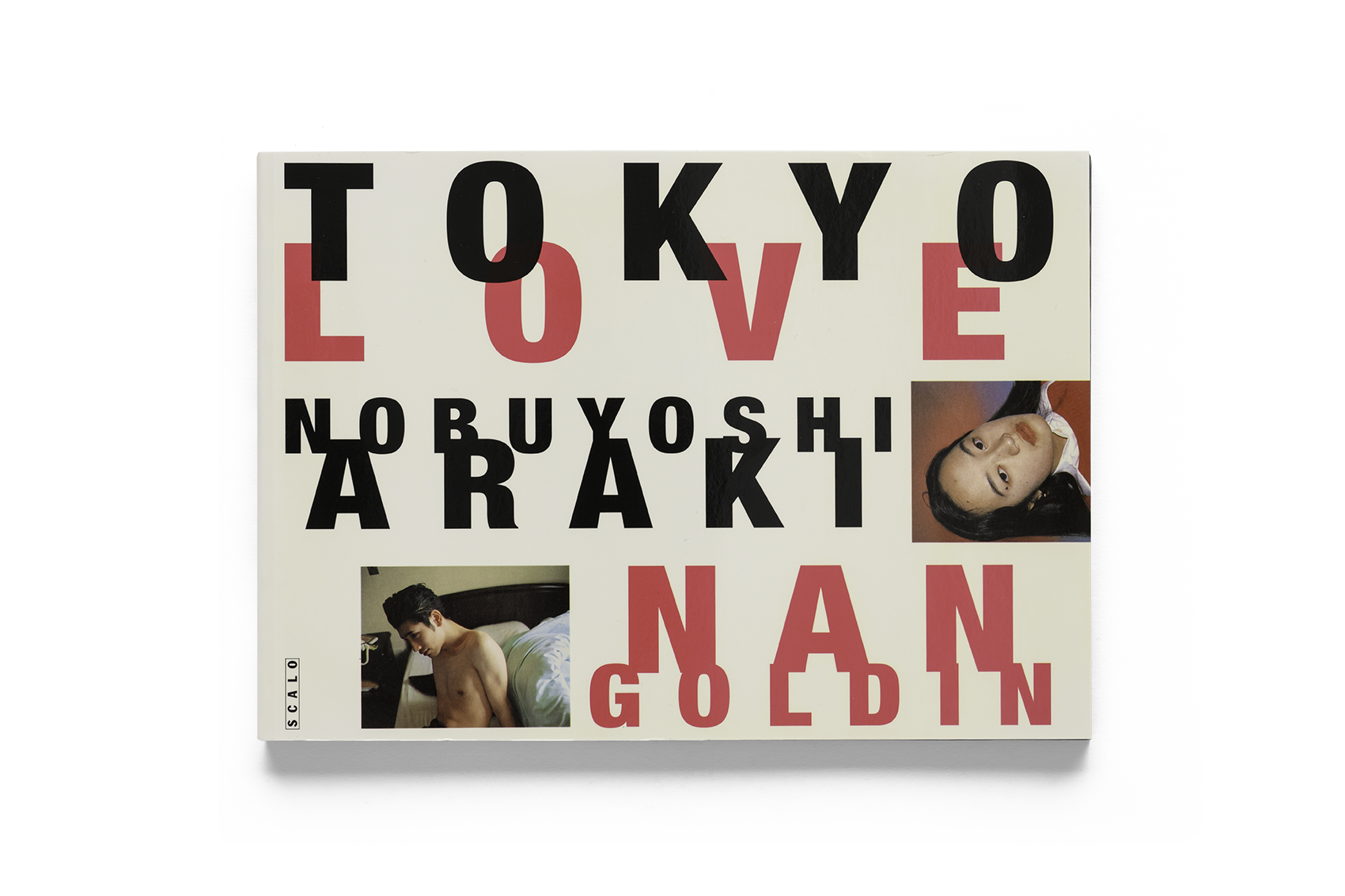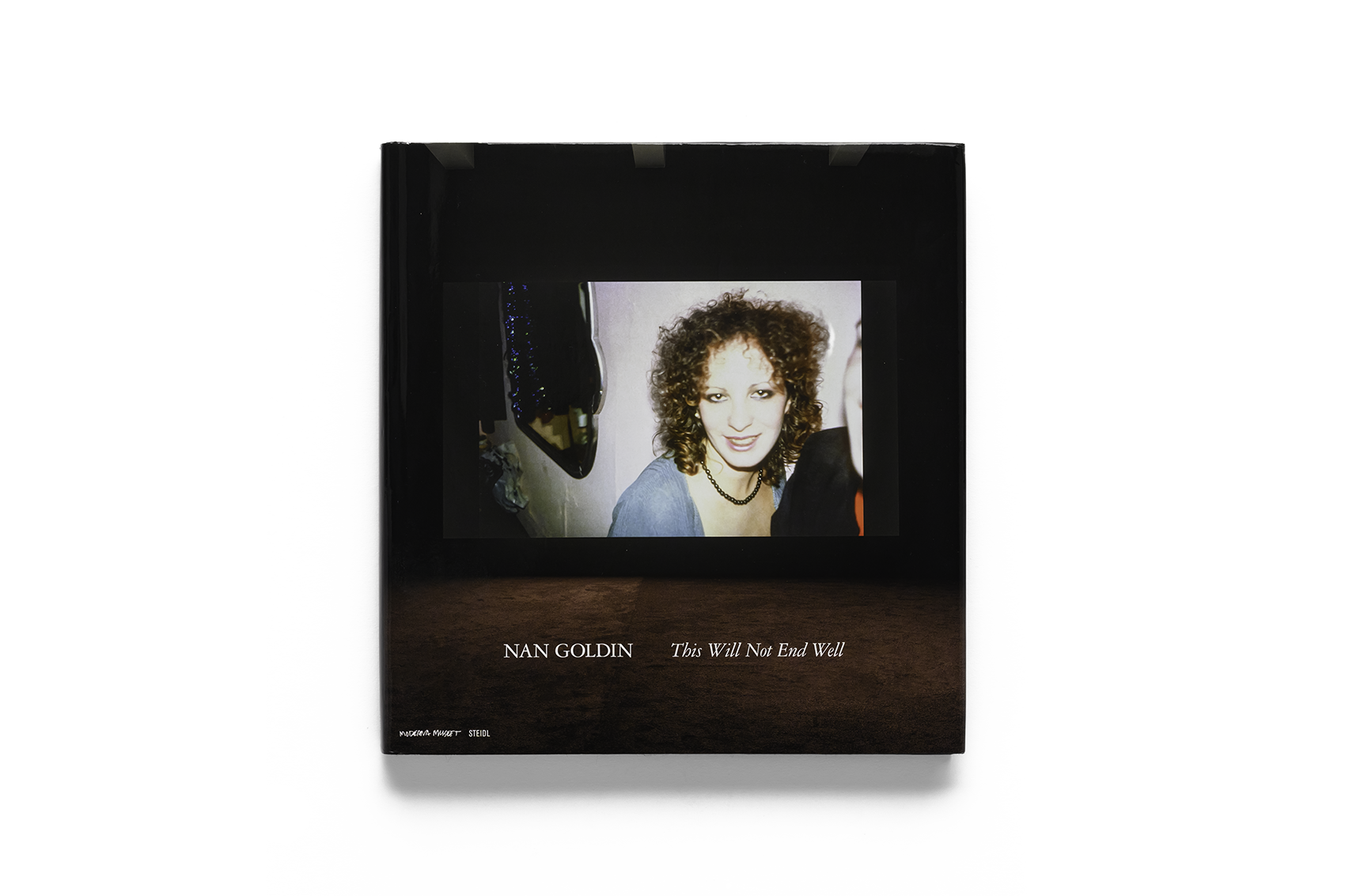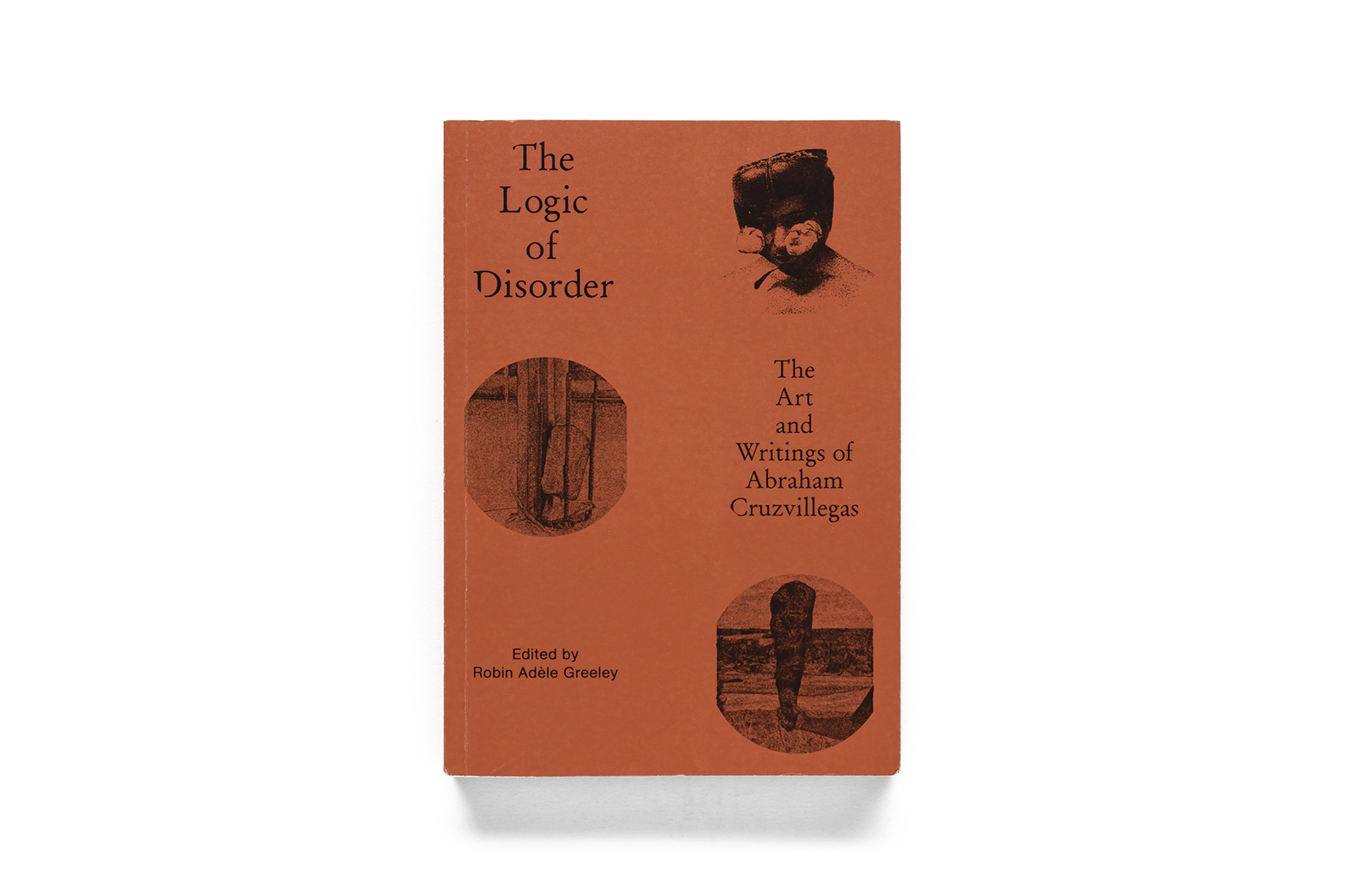
TOTO, 1996
篠原一男 Kazuo Shinohara
Kazuo Shinohara

TOTO, 1996
Kazuo Shinohara The last collection of works authored by Japanese architect Kazuo Shinohara before the death of Kazuo Shinohara (1925~2006), collected 55 architectural works of various sizes, built and unbuilt, from private residences to museums, including multipage architectural handprints such as 1:1 scale, built and unbuilt. Shows its rarely exposed thinking tracks. The four “styles” defined by Shinobara in the book serve as a categorical basis for his architectural career explorations of traditional Japanese architecture, complex modern cities, and mechanical and geometric spaces, and reveal the arguments between his inner thoughts and the external environment through architectural drawings and post-completion photographic records, Conflict and reconciliation.
Compared to many of Shinobara's published collections of architectural works, the book is that it contains multi-page architectural handdrawings reproduced in 1:1 ratios, along with texts written by Miyake Riichi, an architectural historian at the time a professor at Shiba University of Technology, to analyze Shinohara as How to use images as text to explain architectural ideas derived from structure—especially the various spatial section sketches drawn by Shinobara after the 1970s, give a glimpse of the architect's strokes drawn along the direction of gravity. As far back as Shinohara's Africa trip in 1974, as a visiting professor at Yale University in 1984, or being invited to participate in events such as Shinohara's 1974 trip to Africa, Euralille, France, or being invited to participate in events such as Rem Koolhaas, 1944~, the gradual development of the worldview that prompted Shinohara's architecture to take a different style” There have been key changes in between. However, through the hand-drawn drawings of Yoshinohara, the themes of his space, which are rooted in geometry and mechanics, reveal the creator's inner origins. Together with the book's clear architectural drawings and intense cross-page photography, the reader can gain access to a more comprehensive perspective and to collect the influence of Yoshinohara. Contemporary architectural design thinking works that are extremely far-reaching.
THE BOOK WAS PUBLISHED IN 1996 BY TOTO PUBLISHING HOUSE IN TOKYO AND IS NOW OUT OF PRINT. IT CAN ALSO BE CALLED A SUMMARY OF SHINOHARA'S CAREER. In the last few pages, his article “Towards the Fifth Style” as a review and perspective, Shinohara, who once worked as a mathematician, used mathematical formulas to illustrate the development of his architectural style in the face of today's rapidly changing social and cultural environment, offering a design based on the architect's strict design logic. Spatial response method.
